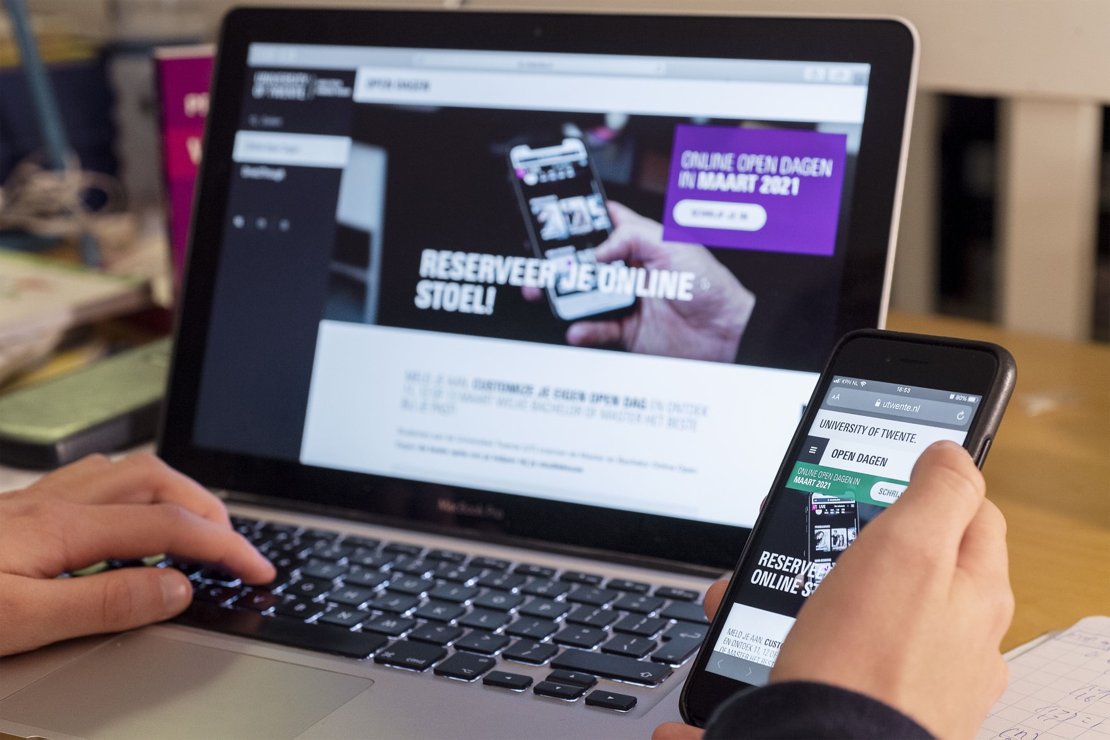E-waste scheme
Electronics are regularly replaced within two years without the old equipment being returned to LISA under the e-waste scheme. Despite the possibility that the equipment is passed on to a colleague or perhaps used by a family member, there is also the chance that the old equipment remains unused. Monitoring the return of this equipment and the use of third parties is essential for calculating the size of the sustainability risks. It is also important to monitor the percentage of equipment that is not returned that is no longer functional. It is likely that some of these products can be repaired and reused if they are returned to LISA.
In addition, employees also use electronics such as mobile phones, iPads and desktops/laptops for private purposes. As a result, double devices are in use, which results in a doubling of the sustainability problem. Allowing and encouraging both business and private use of UT electronics can therefore make a substantial contribution to reducing sustainability risks. The same can of course be achieved by allowing and stimulating business usage of private equipment. Of course, this requires the right software to be installed on the equipment to prevent data leaks.
The UT waste plan is an implementation of the sustainability policy - approved by the CvB - and has formulated the following objective for e-waste: "reduce e-waste, extent lifetime of products and monitor e-waste streams".
In order to achieve these objectives, it is necessary to
- monitor e-waste streams
- monitor how long equipment is and can be used.
This data can be used by the SEE Programme and the Green Hub to make the UT community aware of the impact of their choices and provide recommendations for making the most sustainable choices.
Sustainability risks of e-waste
Electronics contain many rare metals, which must be handled with care. By re-using electronics for as long as possible and ultimately recycling them, substances that are harmful to the environment and/or health are processed properly and valuable materials can be re-used. At least 80% of the raw materials in telephones, iPads, laptops and desktops must be recycled according to EU guidelines (PDF). Therefore, handing in old electronics correctly saves 80% of waste.

In addition, it is important that electronics are handed in to LISA because the raw materials necessary for the production of electronics cannot be mined infinitely. A mobile phone easily requires thirty or forty different types of metal. The environmental and working conditions during the mining of these raw materials are often poor. Ecosystems are destroyed and it takes a lot of fossil energy. This while materials from e-waste are easy to recycle and reuse. By recycling, the growing demand for electronics can be met in a more sustainable way. The concentration of metals that can be extracted from e-waste is often many times greater than newly mined ore. For example, a ton of IPhones contains 300 times more gold and 6.5 times more silver than a ton of ore. Although energy is required to recycle rare metals from e-waste, the environmental impact is significantly lower for most metals. This is because a great deal of fossil energy is also used during the extraction of metals in mines.
Working conditions during the mining of raw materials are generally very poor (low wages, exposure to hazardous substances, child labour, exploitation). Shortcomings in this form of social sustainability in the chain is a consequence of our purchases and the UT must therefore also bear responsibility for this. By reusing rare metals and using equipment for longer, we prevent the UT from continuing to contribute to poor working conditions during the mining of raw materials.
The EU has guidelines for collecting a minimum of 65% of electronics from the previous three years from 2019 onwards. These targets apply to the member states; the UT sees this guideline as an absolute minimum, and formulates a more stringent target itself.
